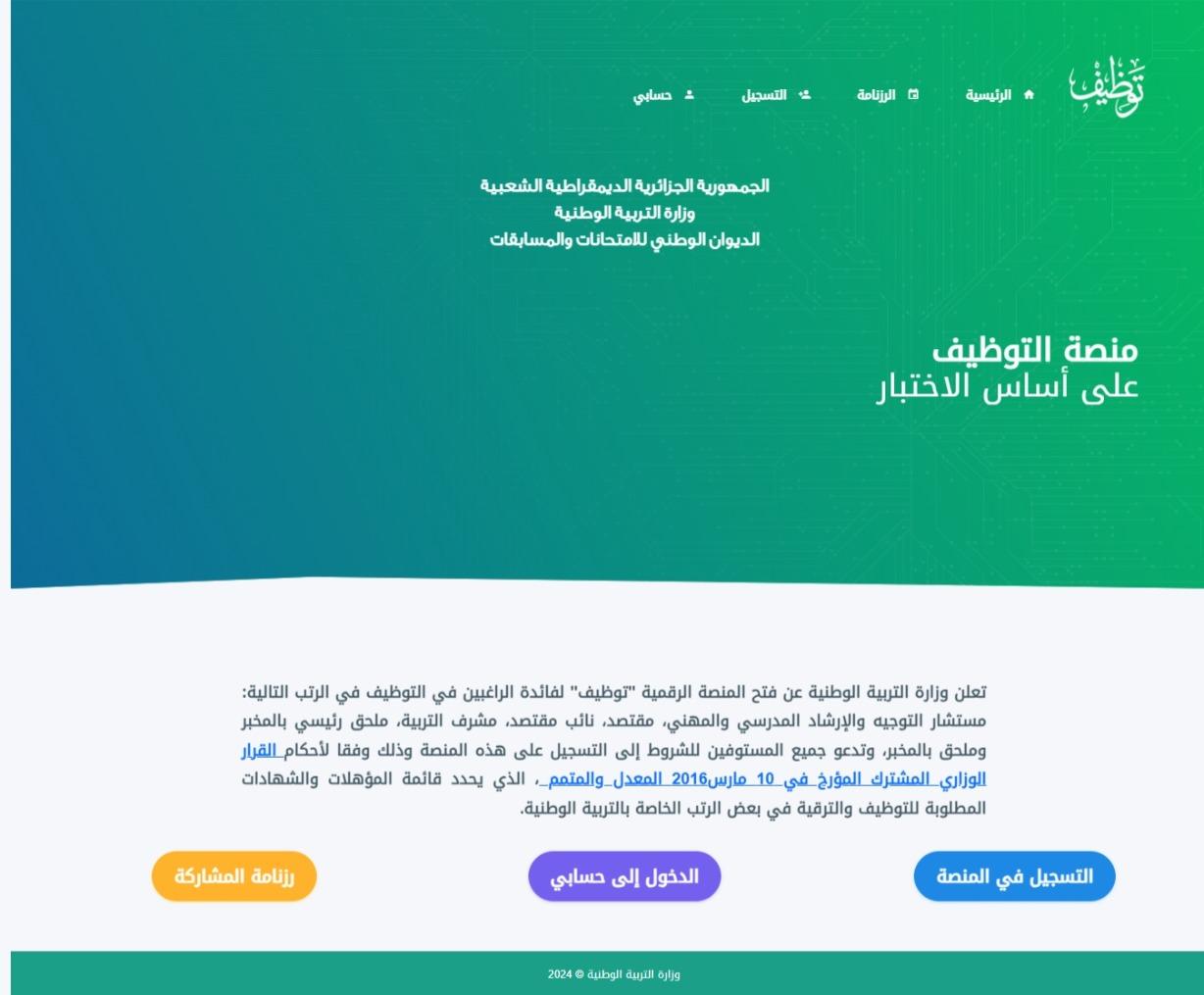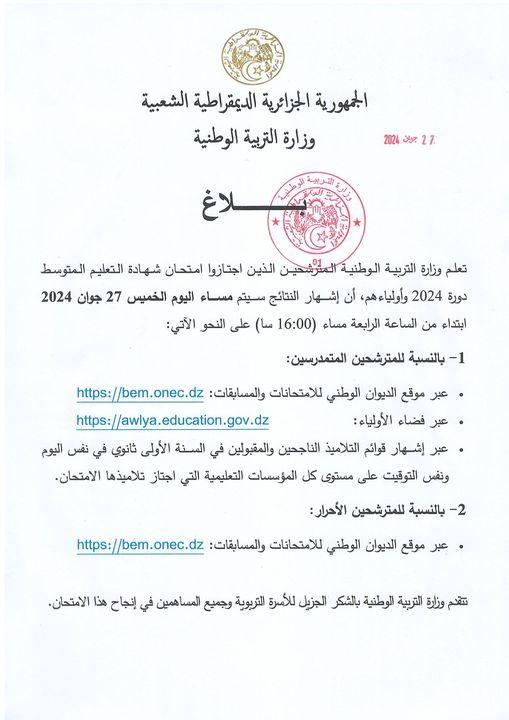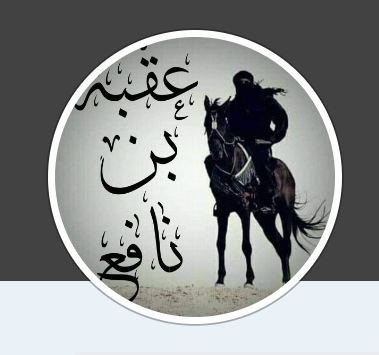#وزارة_التربية_الوطنية: انطلاق فترة التسجيلات لامتحاني شهادة #التعليم_المتوسط وشهادة #البكالوريا دورة 2025 يوم 26 نوفمبر الحالي على الساعة 8:00 صباحا إلى غاية منتصف الليل من يوم 25 ديسمبر المقبل
#وزارة_التربية_الوطنية: العملية تخص كافة التلاميذ المتمدرسين في مؤسسات التربية والتعليم العمومية والخاصة، و المترشحين الأحرار
بالنسبة للمترشحين المتمدرسين: تُجرى العملية في المؤسسات التعليمية عبر الأرضية الرقمية للنظام المعلوماتي لقطاع التربية الوطنية حيث يتكفل مديرو المؤسسات التعليمية بتسجيل التلاميذ المعنيين بهذين الامتحانين
بالنسبة للمترشحين الأحرار:
تتم عملية التسجيل بملء الاستمارة الإلكترونية المتاحة عبر موقعي الديوان الوطني للامتحانات والمسابقات التاليين:
امتحان شهادة التعليم المتوســـط: https://bem.onec.dz
امتحان شهادة البكالوريا : https://bac.onec.dz
#وزارة_التربية_الوطنية: العملية تخص كافة التلاميذ المتمدرسين في مؤسسات التربية والتعليم العمومية والخاصة، و المترشحين الأحرار
بالنسبة للمترشحين المتمدرسين: تُجرى العملية في المؤسسات التعليمية عبر الأرضية الرقمية للنظام المعلوماتي لقطاع التربية الوطنية حيث يتكفل مديرو المؤسسات التعليمية بتسجيل التلاميذ المعنيين بهذين الامتحانين
بالنسبة للمترشحين الأحرار:
تتم عملية التسجيل بملء الاستمارة الإلكترونية المتاحة عبر موقعي الديوان الوطني للامتحانات والمسابقات التاليين:
امتحان شهادة التعليم المتوســـط: https://bem.onec.dz
امتحان شهادة البكالوريا : https://bac.onec.dz
🔴#وزارة_التربية_الوطنية: انطلاق فترة التسجيلات لامتحاني شهادة #التعليم_المتوسط وشهادة #البكالوريا دورة 2025 يوم 26 نوفمبر الحالي على الساعة 8:00 صباحا إلى غاية منتصف الليل من يوم 25 ديسمبر المقبل
🔴#وزارة_التربية_الوطنية: العملية تخص كافة التلاميذ المتمدرسين في مؤسسات التربية والتعليم العمومية والخاصة، و المترشحين الأحرار
🔴بالنسبة للمترشحين المتمدرسين: تُجرى العملية في المؤسسات التعليمية عبر الأرضية الرقمية للنظام المعلوماتي لقطاع التربية الوطنية حيث يتكفل مديرو المؤسسات التعليمية بتسجيل التلاميذ المعنيين بهذين الامتحانين
🔴 بالنسبة للمترشحين الأحرار:
تتم عملية التسجيل بملء الاستمارة الإلكترونية المتاحة عبر موقعي الديوان الوطني للامتحانات والمسابقات التاليين:
امتحان شهادة التعليم المتوســـط: https://bem.onec.dz
امتحان شهادة البكالوريا : https://bac.onec.dz











